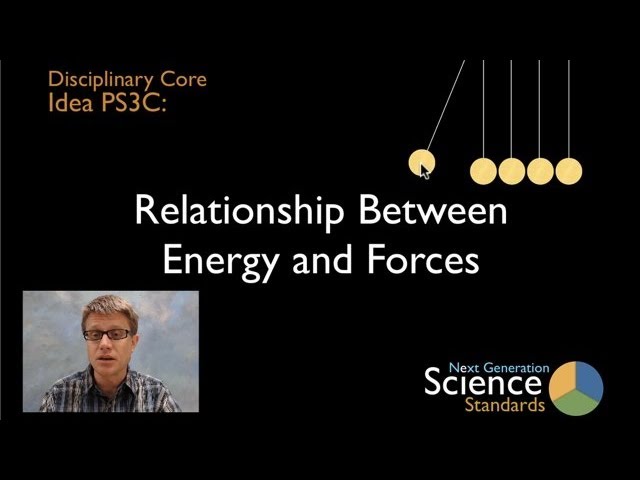PS3.C: Relationship Between Energy and Forces
In this video Paul Andersen describes the relationship between energy and forces. When objects are directly touching electromagnetic forces can result in forces and energy exchange. When objects are not directly touching fields; gravitational, magnetic, and electric result in forces and energy and exchange. A teaching progression K-12 is also included.
PS3.A: Definitions of Energy
In this video Paul Andersen attempts to explain the age old questions - What is Energy? Even though it comes in many forms one of the defining characteristics of energy is that it is conserved over time. He then explains that all energy is either a function of motion, due to its position within a field or radiation. A teaching progression K-12 is also included.
CCC4: Systems and System Models
In this video Paul Andersen explains how systems can be used to understand phenomenon in science and create better designs in engineering. He starts by defining the characteristics of a system and describes how system models can be used to better understand the world. For example a system model of the water cycle can show the cycling of matter on the surface of the Earth. He ends with a progression of instruction for a K-12 science classroom.
SEP2: Developing and Using Models
Paul Andersen explains the importance of modeling in science and engineering. Models are used by scientists to explain phenomenon. Unlike mental models, conceptual models can be shared by all scientists to improve our understanding of the Universe. Engineers use models study systems and test designs.




